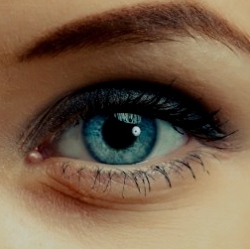
The first gene therapy to cure blindness from hereditary retinal dystrophies has been developed, and it’s expected to hit the market as early as next year. Spark Therapeutics, a Philadelphia-based drug company, made the announcement of next year’s launch of SPK-RPE65.
It’s a gene therapy that targets the inherited mutation that causes blindness. It works by injecting new cells that will correct the genetic mutation retina. It will be able to address the many strains of inherited retinal dystrophies. SPK-RPE65 is administered in a 45-minute surgical anesthetized procedure, and they claim that improvements in vision manifest within thirty days.
Similar gene therapies, Strimvelis and Glybera, are already out in Europe. Glybera pushed for approval from the FDA as well, but the application was dropped upon a request for further clinical trials to prove its effectiveness.
Gene therapy is still, to an extent, shrouded in controversy after the death of an 18-year-old man who underwent treatment for an inherited metabolic disorder in 1999. The patient died from a severe immune reaction to the gene therapy. High insists that Spark has solved these problems with SPK-RPE65. She said the previous failures occurred because of insufficient modeling through animal testing, with which Spark has been thorough.
Some medical experts claim that it’s the age of gene therapy, but there are only a few drugs and treatments that are close to approval, Spark among them. High did say that Spark is through with clinical testing, indicating the company’s confidence in their application.
The company presented the success of SPK-RPE65 therapy at the American Academy of Ophthalmology’s annual meeting. Out of 29 virtually blind patients, 27 experienced an increase in vision function. According to Spark, no adverse side effects were observed in the patients.
Gene therapy is a medical field that continues to mature, and we’re seeing positive results that will greatly improve lives. It looks like there’s more of this kind of treatment to soon come.
